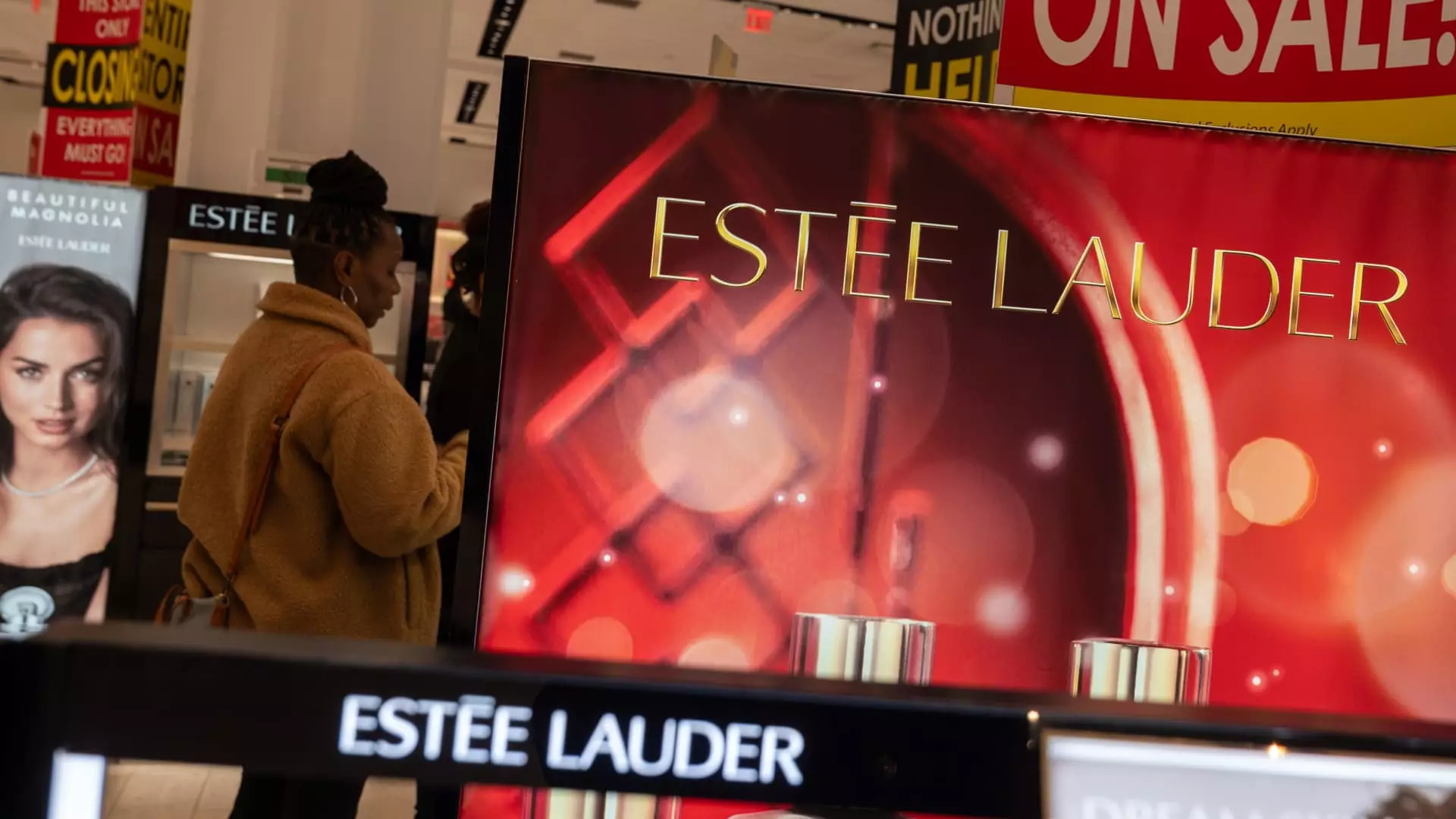The beauty sector found itself in turbulent waters this past week as significant losses swept through multiple high-profile cosmetics companies, shedding light on underlying vulnerabilities in the market. E.l.f. Beauty and Estee Lauder were among those most dramatically affected, with both companies reporting disappointing earnings that fell short of investor expectations. The turmoil is emblematic of the broader challenges facing the beauty industry, particularly in the aftermath of an energetic holiday season that has seemingly left a hangover of reduced consumer interest.
E.l.f. Beauty closed this past week with its shares plummeting nearly 29%—the steepest decline since August 2018. The company’s recent earnings report revealed a revenue beat for the fiscal third quarter; however, a shortfall in adjusted earnings per share and a downward revision of full-year sales guidance from between $1.32 billion to $1.34 billion down to $1.3 billion to $1.31 billion sent shockwaves through the stock. CEO Tarang Amin reflected on these disappointing results, citing a 5% decline in the cosmetics sector as a result of diminishing online interest coupled with the aftereffects of heavy holiday discounting, raising concerns about declining consumer engagement.
Estee Lauder was not immune to the negative sentiment permeating the beauty market. The company witnessed a staggering 22% drop in share price following its announcement of significant job cuts—between 5,800 and 7,000 employees—by the close of fiscal 2026. Despite reporting better-than-expected revenue and earnings per share, the company signaled troubling signs of reduced travel retail demand in Asia, indicating a potential setback for future growth. Just recently appointed CEO Stéphane de La Faverie candidly expressed the company’s struggles to maintain agility and capitalize on growth opportunities, a reflection of deeper operational issues.
Wider Market Implications: Tariffs and Retail Relationships
Other beauty brands, such as Ulta Beauty and Coty, also faced declines of 9% and nearly 8%, respectively, exacerbating concerns that the downturn isn’t isolated. This challenging environment is compounded by geopolitical factors influencing market dynamics. The recent decision by China to impose tariffs on certain U.S. imports in response to U.S. tariff strategies raises additional concerns for companies that rely heavily on Chinese manufacturing. As E.l.f. produces around 80% of its products in China, the looming fiscal impact of these tariffs poses additional risks to profitability. Despite this, CEO Amin expressed relief at a lower-than-expected tariff rate of 10% amid fears of even steeper consequences.
The collective experience of these beauty companies serves as a stark reminder of the vulnerabilities that exist within the cosmetics industry. As the sector grapples with declining consumer interest, volatile market conditions, and external geopolitical pressures, industry stakeholders must adopt adaptive strategies to regain stability and capitalize on future opportunities. The challenges faced this week illuminate a precarious journey ahead for beauty stocks, emphasizing the necessity for agile leadership and innovative thinking in an ever-evolving market landscape.

